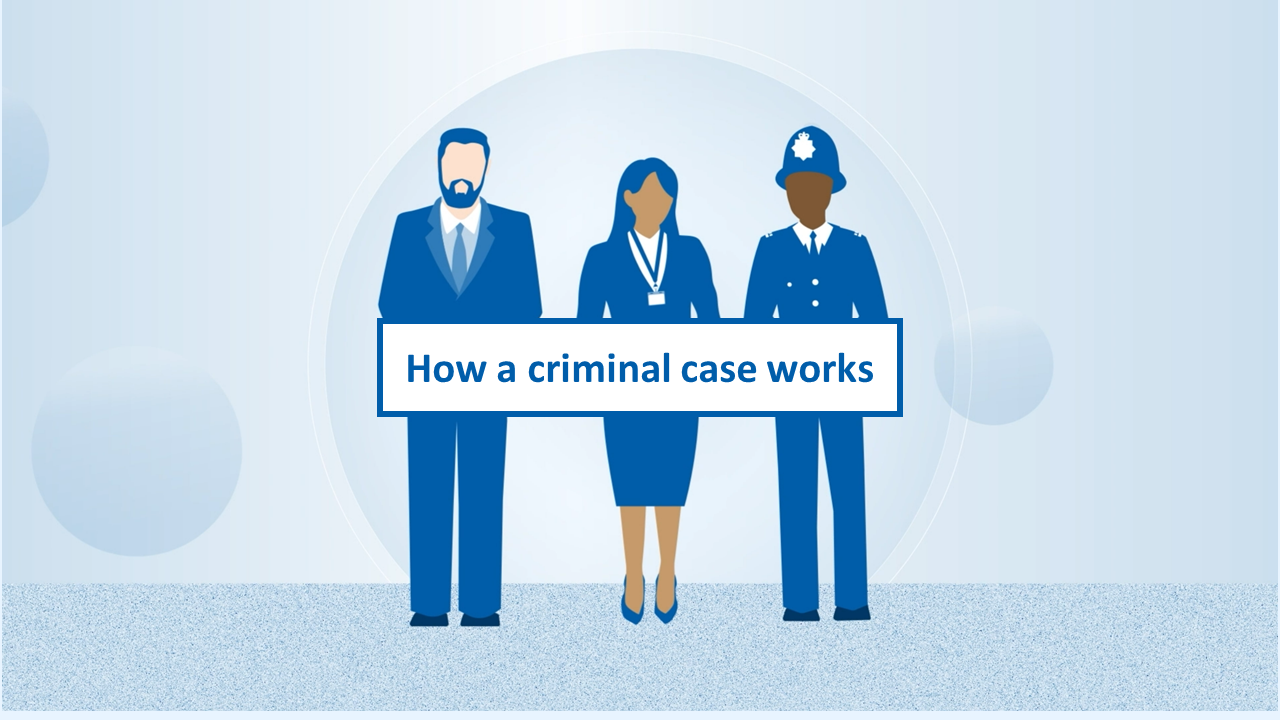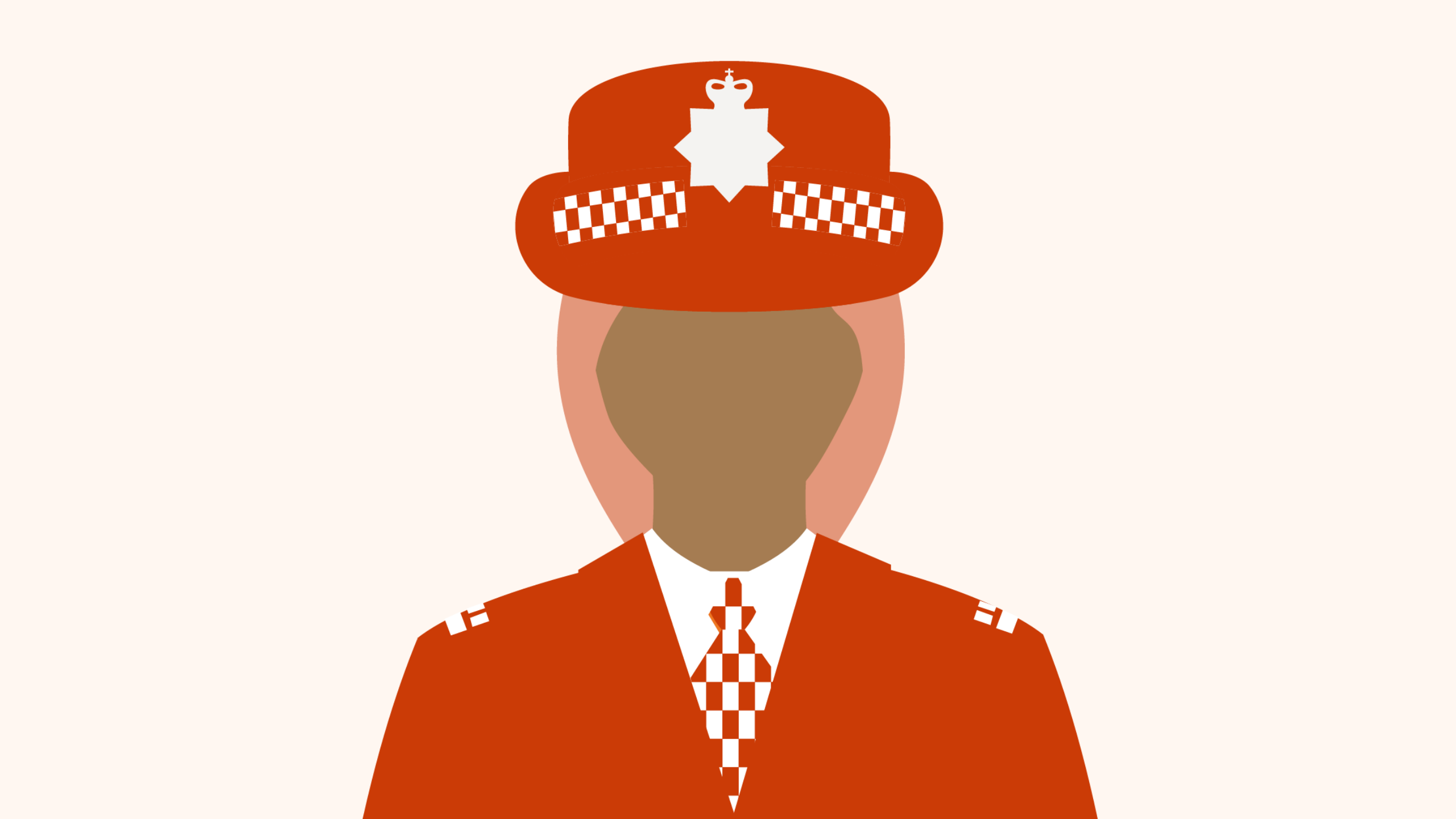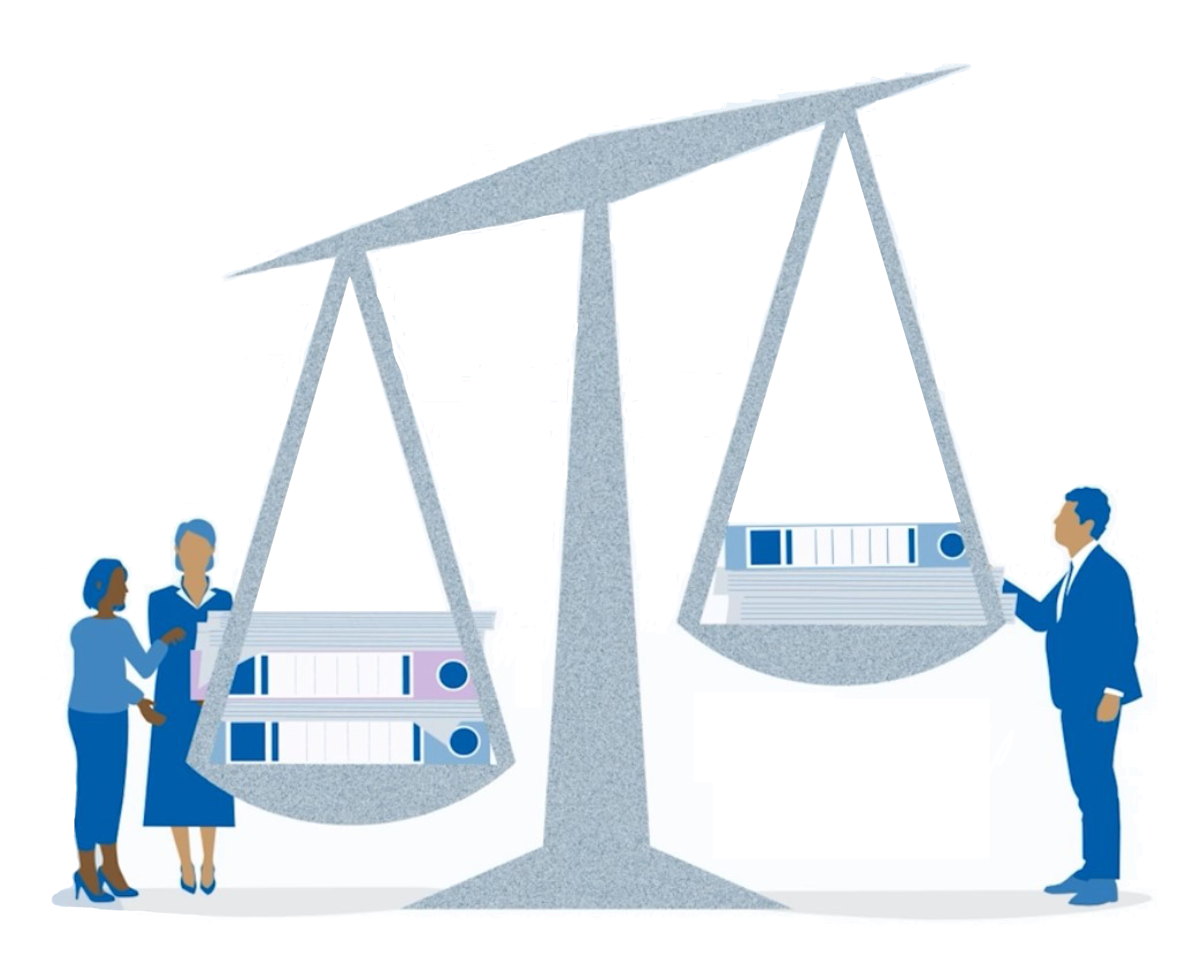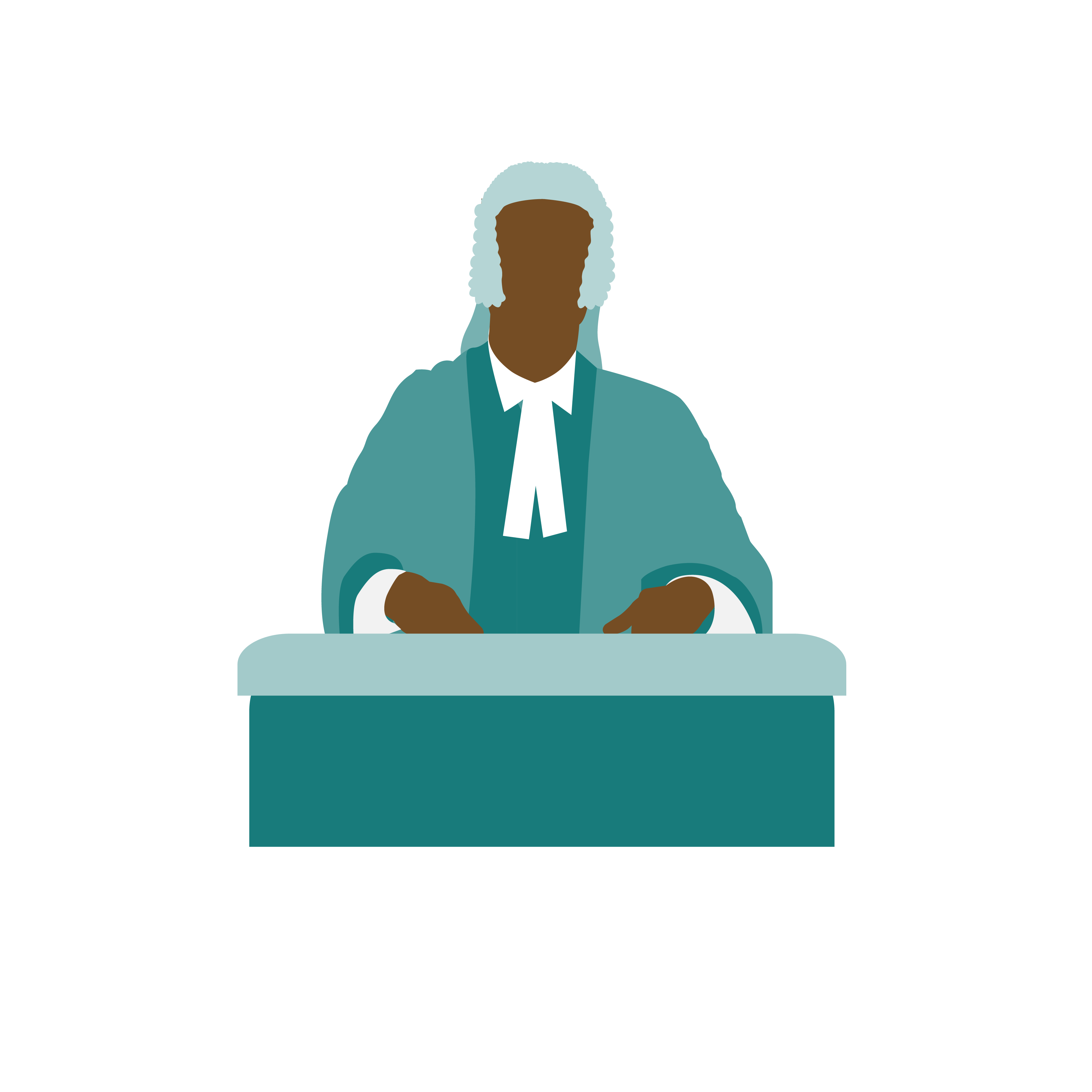
Reporting a crime
Anyone can report a crime to the police by:
- calling 999 (in an emergency)
- calling 101
- completing an online form
- going to a police station with a manned front desk

The investigation
The police (or another investigative body) will investigate the crime.
They’ll look for evidence to find out what happened. This will include :
- Statements from victims and witnesses
- The suspect’s account of events
In some cases it could also include:
- CCTV evidence
- Forensic evidence (fingerprints, DNA etc.)
- Digital evidence gathered from smartphones, tablets or computer downloads
For more complex investigations, we offer the police ‘early advice’.
This means that we work with them as early as possible to advise them on what kind of evidence to look for to help them build the case.

Who decides whether to charge a suspect?

For less serious offences, the charging decision is made by the police. The police make the charging decision in around two thirds of cases.

For more serious offences, the charging decision is made by the CPS.
How we make our decisions
To charge a suspect with an offence, the case needs to pass a two-stage legal test:

1. Is there enough evidence against the suspect to provide a realistic prospect of conviction?

2. Is it in the public interest to prosecute this person?
If the case passes both stages, we will charge the suspect.
If it doesn't pass the test, we won’t charge them.
At the CPS, it's our job to make sure that the right person is prosecuted for the right offence.
Going to court

The plea
When a case gets to court the defendant is asked to plead ‘guilty’ or ‘not guilty’ to the offence

Guilty
If the defendant pleads ‘guilty’ they are convicted of the crime and they’ll be sentenced.
Last year, 76% of the defendants we prosecuted pleaded guilty so there was no need to have a trial

Not guilty
If they plead ‘not guilty’ the case will go to trial
Which court?
Less serious offences such as motoring offences or public order offences can usually only be tried in the magistrates’ court. These are called ‘summary only’ offences.
The most serious offences such as rape or murder can only be tried in the Crown Court. These are called ‘indictable only’ offences.
Offences which fall somewhere in between are called ‘either way’ offences and the District Judge or magistrates will decide whether the case should stay in the magistrates’ court or be sent to the Crown Court.
They will do this by reviewing the case and deciding whether they would have the power to appropriately sentence the defendant.
If the magistrates or District Judge decide that the case is suitable to be dealt with in the magistrates' court, the defendant still has the right to elect (choose) to be tried in the Crown Court.
Magistrates' courts
If a defendant is convicted in a magistrates’ court they can be sentenced to a maximum of 12 months in prison. All cases start in the magistrates’ court and most trials take place there.
In magistrates’ courts decisions are made by either a panel of magistrates (volunteer members of the public supported by a legal advisor) or a District Judge (a legal professional).
The Crown Court
If a case is too serious to be heard in a magistrates’ court, the magistrates will send it to the Crown Court.
Crown Court cases are heard by a judge and a jury. The judge will give directions about how the trial should run. The jury decides whether or not the defendant is guilty.
The jury is 12 members of the public randomly selected from the electoral register.

The trial


The CPS prosecutor opens the trial – setting out the charges and the facts in the case.
Our role is to prove, based on the evidence, that the defendant is guilty. The defence doesn’t need to prove that the defendant is innocent.
First the prosecution and then the defence will have the opportunity to call witnesses and each side can ask them questions relating to the offence.
These could include:
- Eye-witnesses who saw something happen.
- Police officers who can describe the evidence they’ve found.
- Expert witnesses who will give evidence related to their area of expertise
The defendant doesn’t have to give evidence if they don't want to.
Once the court has heard all of the evidence, the prosecution will summarise the main points of our case and then the defence will be given the opportunity to make a final statement.
The magistrates, District Judge or jury will then ‘retire’ to consider their verdict.

The CPS prosecutor opens the trial – setting out the charges and the facts in the case.
Our role is to prove, based on the evidence, that the defendant is guilty. The defence doesn’t need to prove that the defendant is innocent.
First the prosecution and then the defence will have the opportunity to call witnesses and each side can ask them questions relating to the offence.
These could include:
- Eye-witnesses who saw something happen.
- Police officers who can describe the evidence they’ve found.
- Expert witnesses who will give evidence related to their area of expertise
The defendant doesn’t have to give evidence if they don't want to.

Once the court has heard all of the evidence, the prosecution will summarise the main points of our case and then the defence will be given the opportunity to make a final statement.
The magistrates, District Judge or jury will then ‘retire’ to consider their verdict.
The verdict
Guilty
To find the defendant ‘guilty’ the magistrates, District Judge or jury must be sure that the defendant is guilty.
Sometimes you’ll hear this described as ‘sure beyond a reasonable doubt’ or ‘satisfied so that they are sure’.
Not guilty
If they aren’t sure that the defendant is guilty then they must find them ‘not guilty’.
If a defendant is found not guilty then the case against them is over.
Sentencing

When a defendant is found guilty, a judge or magistrate will sentence them.
They do this by following the relevant sentencing guidelines. These guidelines set out the minimum and maximum sentences for an offence (in line with the law) and provide guidance as to where on that scale the sentence should fall.
Appeals
If the defendant appeals
A defendant can ask to appeal against their conviction or against the sentence they've been given.
If a defendant has been convicted in a magistrates' court, they have an automatic right to appeal to the Crown Court against their sentence and/or conviction. If they appeal against their conviction, the trial will be reheard by a judge and two magistrates.
If the defendant has been convicted in the Crown Court, a judge in the Court of Appeal has to grant permission to appeal. If the defendant is allowed to appeal, a panel of judges in the Court of Appeal will hear legal arguments and decide whether to uphold or overturn the conviction, order a retrial or change the sentence.
If a sentence is too low
In some, more serious, cases anyone can ask for a defendant’s sentence to be reviewed because they think it’s too low.
The Attorney General’s Office reviews those cases.
If they agree the sentence is too short they’ll send it to the Court of Appeal.
A judge will then review the sentence and decide whether to keep it the same or increase it.